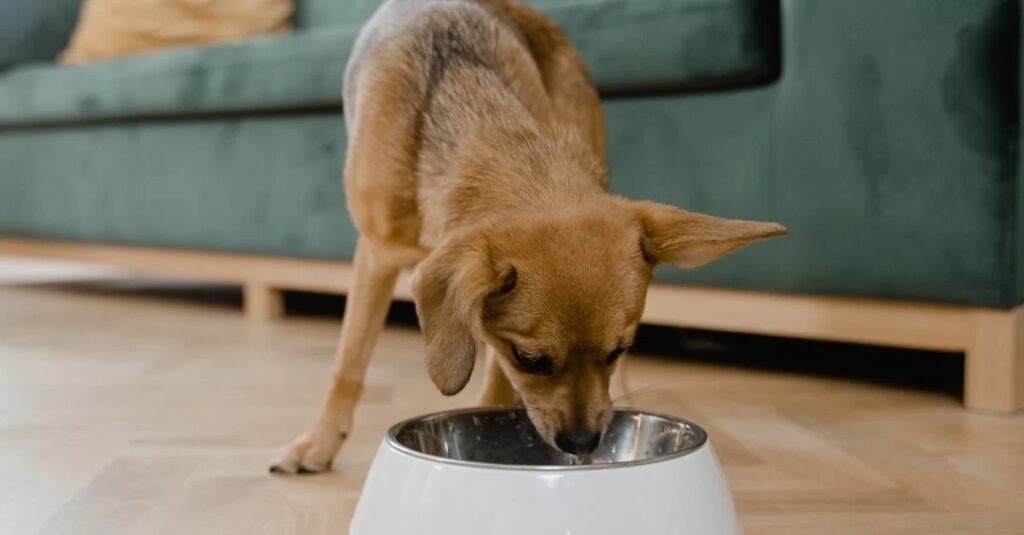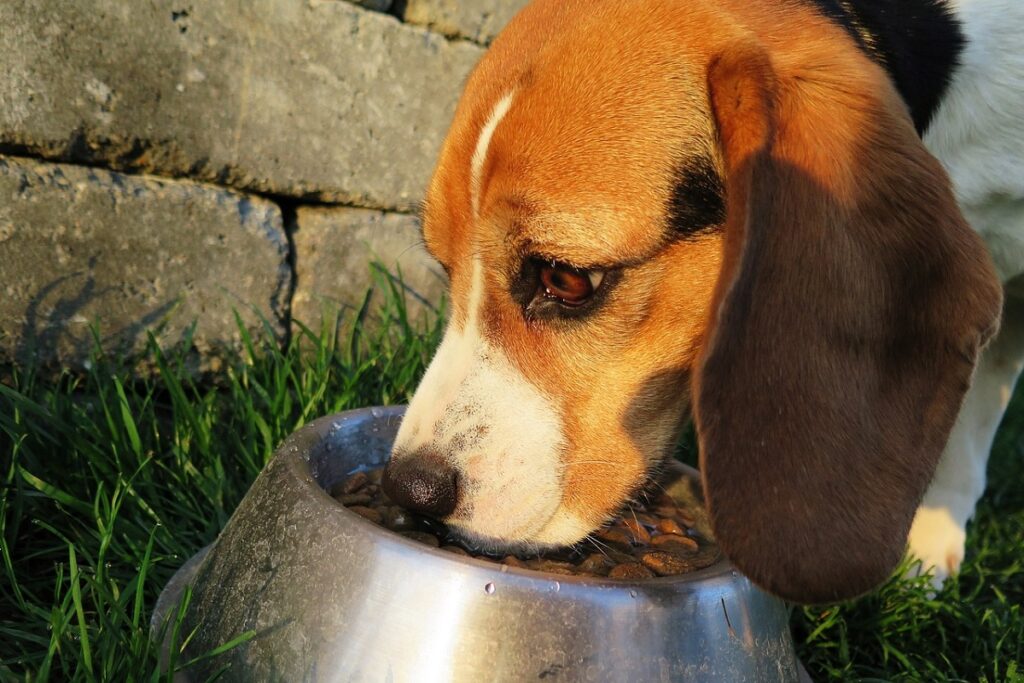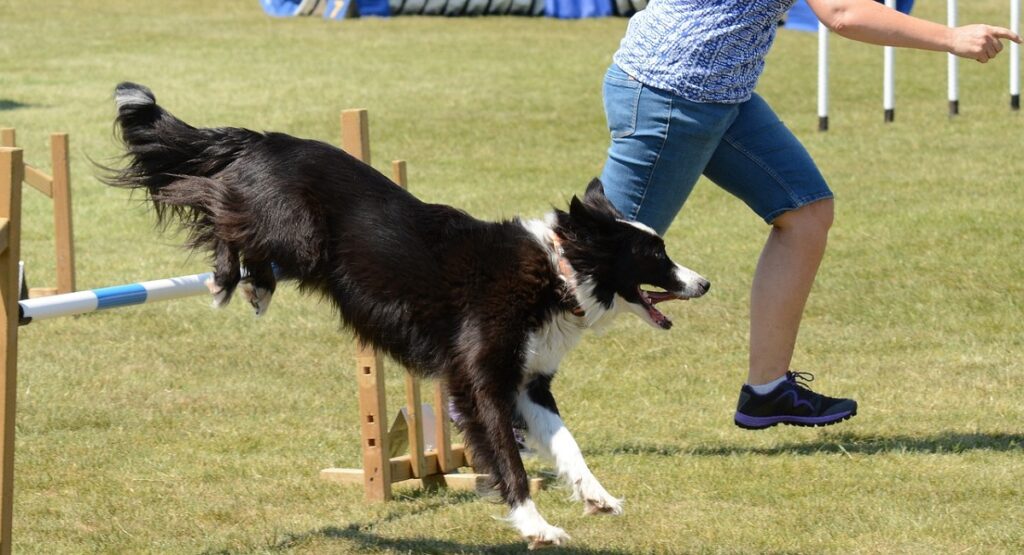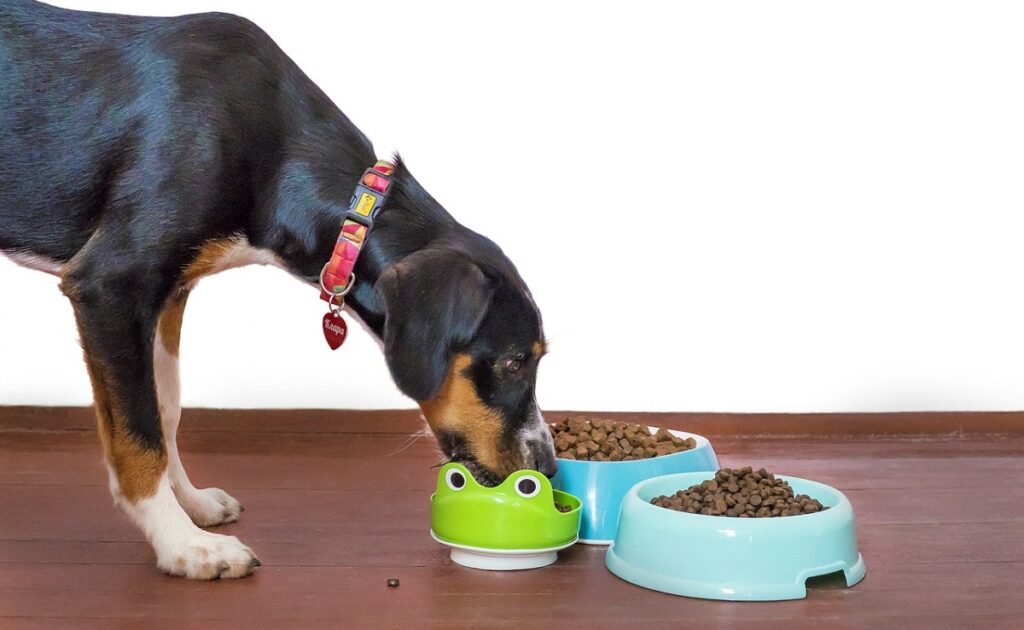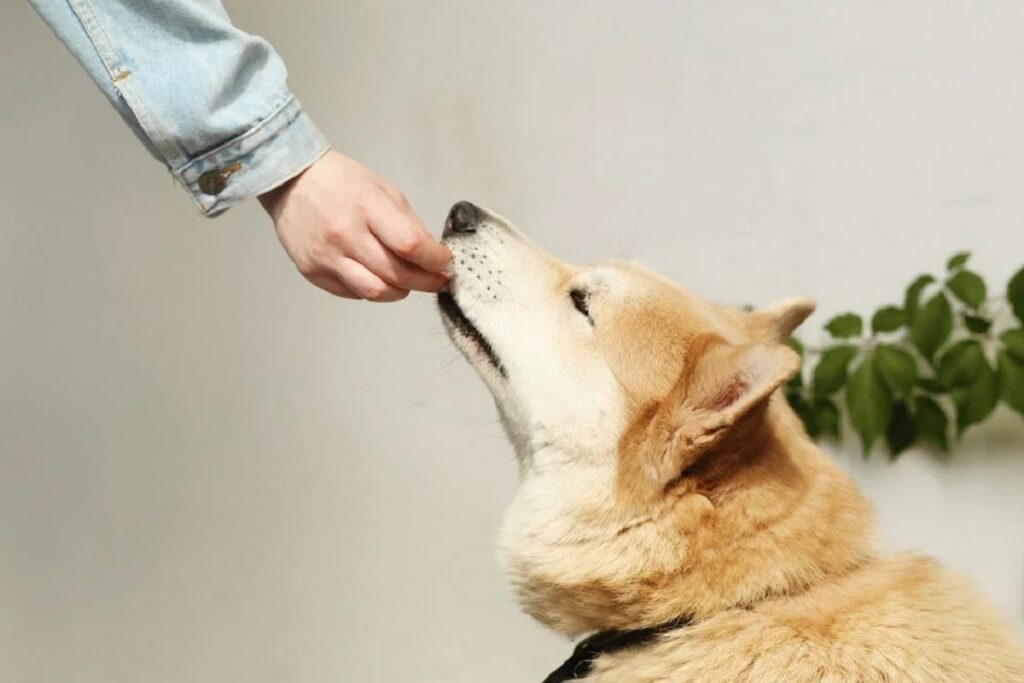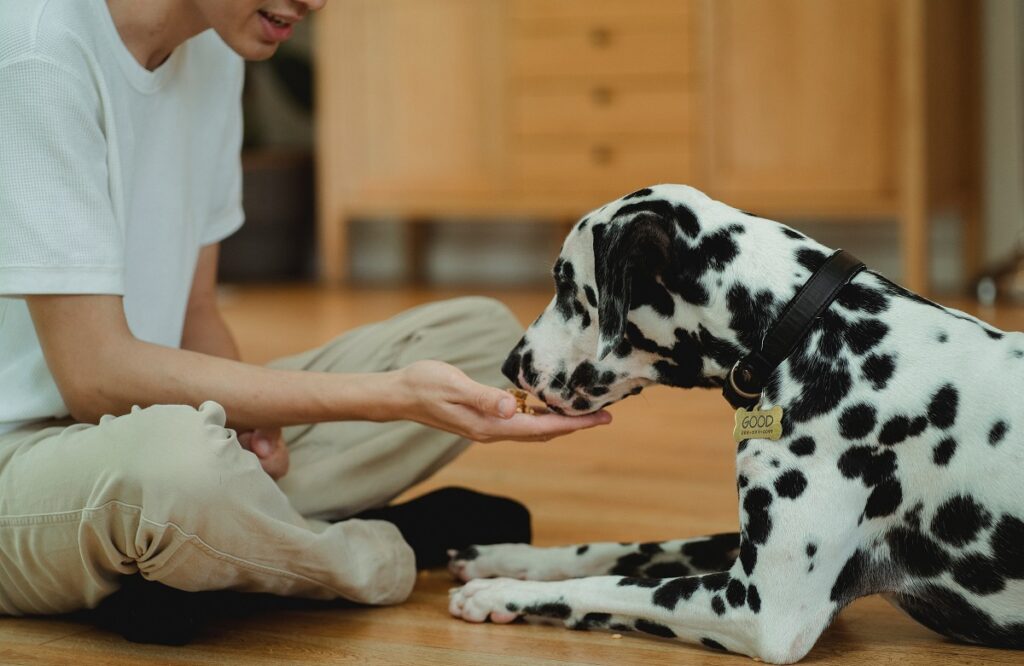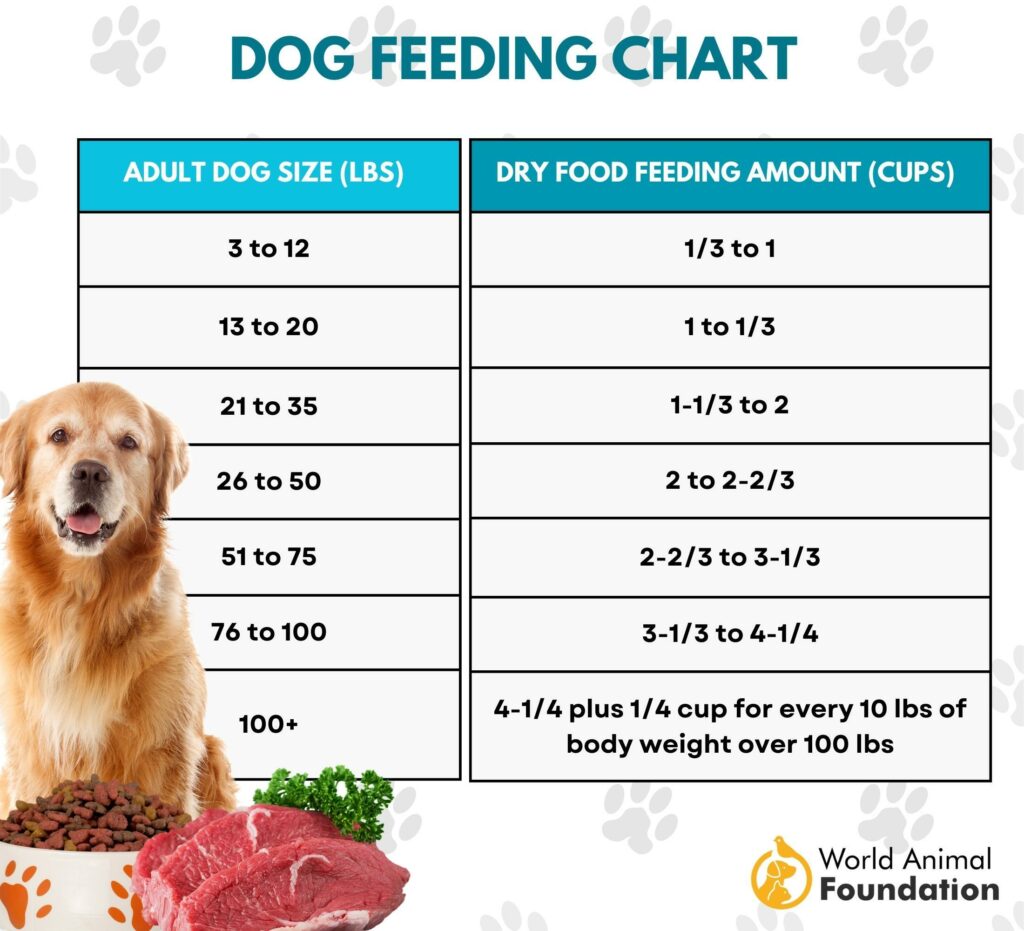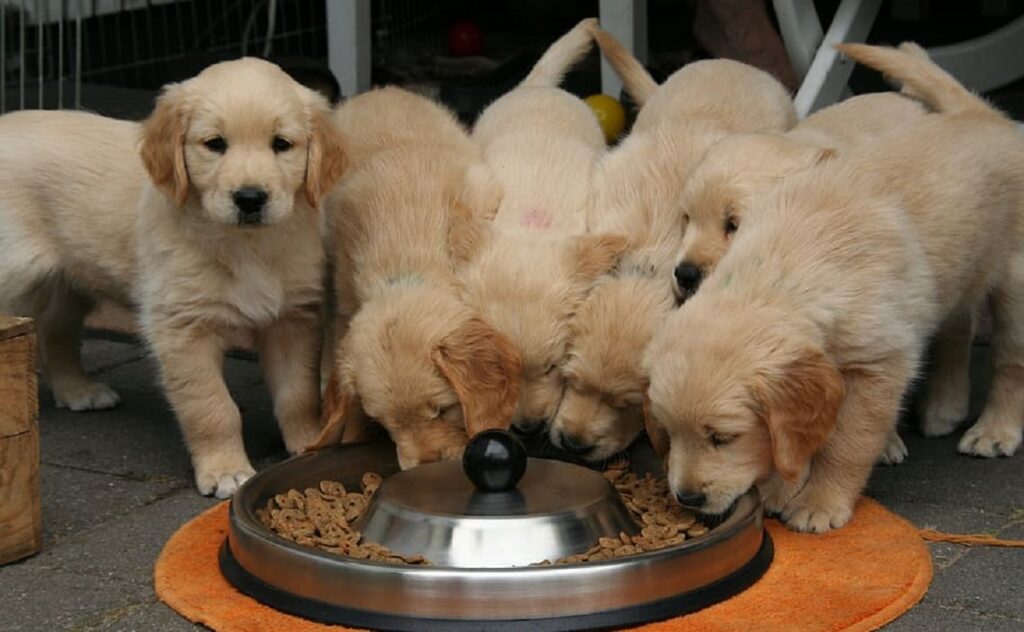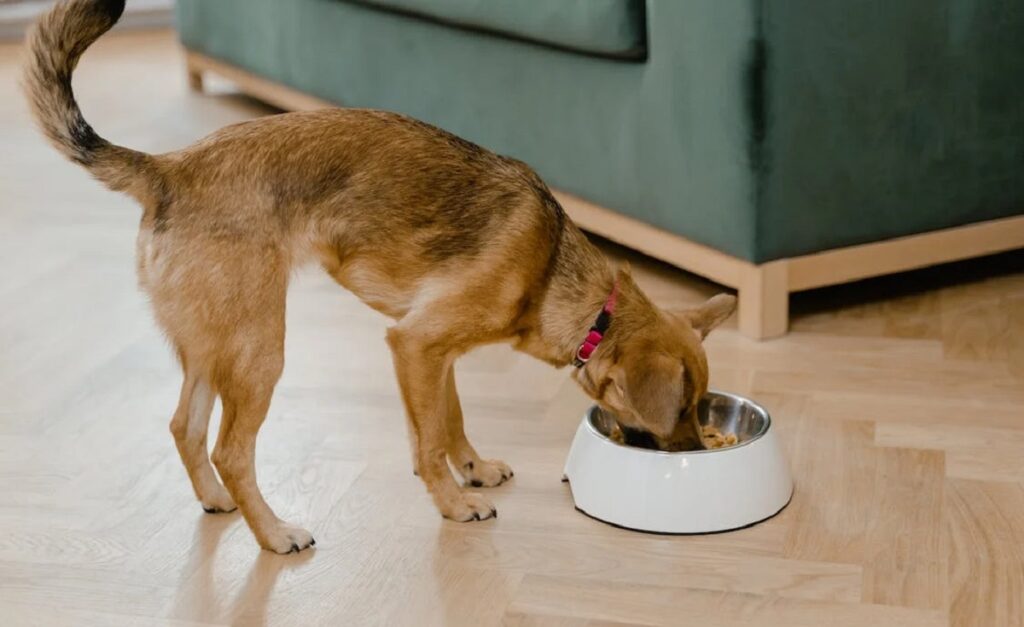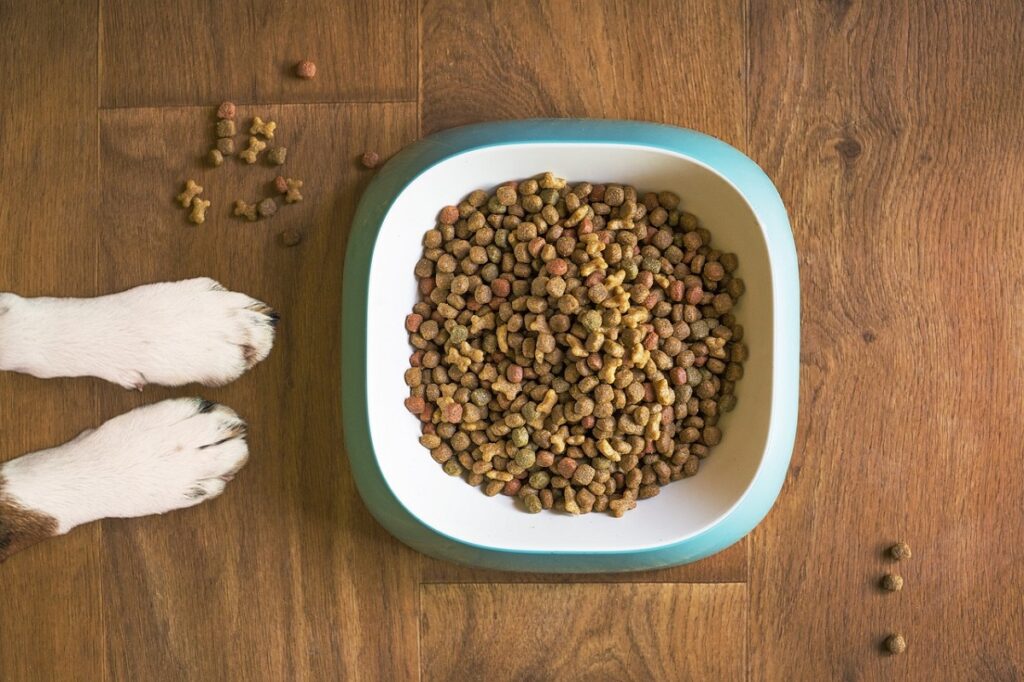Feeding your furry friend can feel like a guessing game, but ensuring they receive the right amount of food is crucial for their health and happiness. “How Much Should I Feed My Dog? Tailoring Your Pup’s Diet!” dives into the complexities of canine nutrition, moving beyond generic feeding guides to help you personalize your dog’s meals. We’ll explore factors like breed, age, activity level, and underlying health conditions to determine the perfect portion sizes and ingredients. Stop the guesswork and start fueling your dog for a longer, healthier life!
Being a dog owner is hard work—like really hard work—and a lot of people don’t actually realize how much time, money, and dedication it takes to raise a happy and healthy pup. But on top of all that, being a dog owner also requires you to do your homework—and I mean a lot of it!
From learning about warning signs that your dog is sick—there is a lot of them—to how much exercise your pup needs a day, the amount of information you need to learn before bringing your dog home will almost make you feel like you’re back in school.
One topic in particular that can make a huge difference to your dog’s overall well-being is their diet—including how much food your dog should be eating each and every day. Too much food can lead to obesity and a huge array of health problems, whereas too little food can cause malnourishment and a huge array of health problems.
You see why it’s so important that you get their daily intake just right?
In order to ensure your dog is receiving the right amount of food, there are a few different factors you need to consider. And don’t worry, we’ll go through all of it down below so you don’t have to spend hours scrolling the internet like I once did.
How Much Should I Feed My Dog?
Having three dogs myself, I’ve done my fair amount of research. And with all of my dogs being different ages, slightly different sizes, and with very different activity levels—one can sleep all day, whereas the other two don’t stop—I find myself getting out my kitchen scales and weighing up the perfect amount of food before every meal time.
But hey, that’s what you do when you’re a dog owner, right?
The amount of food you feed your dog depends on a few different factors. After all, you aren’t going to give the same amount of food to a cane corso as you would a chihuahua, now would you? As the years go on, you will need to alter your dog’s food allowance as they go through different stages in their life, with age, weight, breed, and activity levels being important deciding factors.
Factors Influencing Dog Feed
So, now that you know there are different factors that influence your four-legged friend’s food allowance, let’s go into more detail about them below:
Age
Age plays a big role in how much food your dog should eat. Puppies, for example, who are in their growing stages, will need more nutrition than adult dogs and senior dogs who are already fully grown.
Pups will need to eat four meals a day until they’re roughly six months old. Then you can decrease feeding times to three meals a day until they’re 12 months old. And twice a day from 12 months onwards.
Weight
Maintaining a healthy body weight is so important for your dog’s health and well-being. And the best way to determine how much food your dog will need is to use a dog food calculator. Once you input your dog’s information you will get an estimate on how many calories your dog needs to consume per day to reach their ideal weight—how handy is that?
Breed
Breed is the third factor that will determine your dog’s ideal daily food amount. Toy breeds like Yorkshire terriers and Pomeranians will require far less food than great Danes and Dobermans—but that’s fairly obvious. Here is a rough guideline of how much food to feed your dog based on its breed size.
- Toy breeds weighing 3 pounds – ⅓ of a cup a day
- Toy Breeds weighing 6 pounds – ½ a cup a day
- Small breeds weighing 10 pounds – ¾ of a cup a day
- Small breeds weighing 15 pounds – 1 cup a day
- Small breeds weighing 20 pounds – 1 ⅔ cups a day
- Medium breeds weighing 30 pounds – 1 ¾ cups a day
- Medium breeds weighing 40 pounds – 2 ¼ cups a day
- Medium breeds weighing 50 pounds – 2 ⅔ cups a day
- Large breeds weighing 60 pounds – 3 cups a day
- Large breeds weighing 70 pounds – 3 ½ cups a day
- Large breeds weighing 80 pounds – 3 ¾ cups a day
- Large breeds weighing 90 pounds – 4 ¼ cups a day
- Large breeds weighing 100 pounds – 4 ½ cups a day
If your dog weighs over 100 pounds, then you can add an additional 1/4 of a cup per day for every ten pounds.
Activity Levels and Lifestyle
And finally, your dog’s lifestyle and activity level will alter their daily food intake. Dogs who live a sedentary lifestyle—like my oldest dachshund—will need fewer calories than dogs who are running about like headless chickens—like my middle dachshund.
Take into consideration how much exercise your dog gets per day because if your dog is regularly going on hikes or runs with you, then you may need to up their calorie intake.
How Much To Feed a Dog by Weight? (Kg)
You shouldn’t base your dog’s food allowance solely on their body weight, as their age, activity level, and current weight will also factor in. However, a rough guideline is your dog should be eating 2 to 3% of his ideal body weight.
So, for example, if your dog should weigh 10 kilograms fully grown, then they should be eating 200 to 300 grams of food per day.
How Many Cups of Food Should I Feed My Dog?
Previously when I’ve been trying to figure out how much to feed my dogs, I’ve always consulted the back of their dog food bag. Dog food bags—puppy food bags will be different from adult food bags—have guidelines that show how much food you should be feeding your dog based on their age, weight, and activity levels.
Check for Feeding Guidelines
You can get a rough estimate of how much you should be feeding your dog by checking the feeding guidelines on the dog food package. Search the chart for your dog’s weight and activity level—splitting the amount between your pup’s breakfast and dinner.
Dog Feeding Charts
Dog feeding charts are a handy tool that will help you determine how many grams—or cups—your dog should eat per day. All dog food brands are required to display a feeding guide on the back of the bag. However, they will vary from brand to brand.
If you do switch dog food brands—or even flavors of the same brand—be sure to double-check the dog feeding chart to ensure you’re not over or under-feeding your dog.
How Much To Feed a Dog per Day Chart
If, for some reason, you don’t have access to your dog food’s label, then you can refer to this dog feeding chart below for a rough estimate.
Puppy Feeding Chart
Puppy feeding charts will be very different from adult feeding charts as they will take into consideration your puppy’s age and adult weight, as opposed to their activity levels—if you’ve ever had a puppy, you’ll know that when they’re awake, they don’t stop.
Instead of splitting the total amount between two meals, however, you’ll need to split it between three or four meals depending on your pup’s age. Are you curious about your puppy’s future adult weight? Discover it with ease using our puppy weight calculator.
How Frequently Should I Feed My Dog
As well as the amount of food you feed your dog, getting the right feeding schedule is also important. Young puppies will need three—or even four meals—per day until they’re around six months old. Once they reach the six-month mark, you can switch your dog to two meals per day—once in the morning and once in the evening.
Those with senior dogs, however, may find that their dog only wants to eat once a day. But you should always have two meals—and plenty of water—available to help them maintain healthy body weight. Try our dog water intake calculator to ensure your furry friend stays hydrated and healthy.
Check Your Dog’s Body Conditioning Score (BCS)
Your dog’s body conditioning score (BCS) assesses whether your dog is over, under, or at an ideal weight—similar to body fat calculators for us humans. Once you’ve input your dog’s information into a dog food calculator, you’ll have an idea of whether your dog has an underweight BCS or an overweight BCS.
Doggos with an underweight BCS will require more calories to support weight gain and bring their body condition up to an ideal level where as pups with an overweight BCS may need to go on a doggy diet to bring their weight down.
Try To Use a Calorie Calculator
I wish I had known about calorie calculators when I was first determining my dog’s recommended food allowance—they really do all the hard work for you! If you’re still unsure, run the results by your vet to ensure that your dog is getting the correct amount of nutrition.
Why Is the Quantity of My Dog’s Food Important?
The quantity of your dog’s food is so important because you want them to remain at a healthy weight. Feeding your dog too little can cause malnourishment, and feeding them too much can lead to obesity. Your dog being under or overweight can open them up to a huge range of health problems which is why it’s crucial that you provide them with the correct amount of nourishment.
Something I used to worry about was that the food I fed my dog didn’t seem like enough, and maybe he’d still be hungry—dog mom guilt. I soon came to realize, however, that my dog could eat an entire 4-kilogram bag of food if I let him simply because he is food obsessed and his stomach is a bottomless pit—not because he is actually hungry.
Now, I know how much he should be eating per day, his puppy dog eyes that beg for food no longer work on me—goodbye guilt trip!
FAQ’s
What Role Do Treats Play in Daily Feeding?
Treats can play a big role in feeding—depending on how many treats your dog receives per day. If you’re training your dog and rewarding them consistently—especially with high-calorie treats—then you’ll need to lower the amount of food they get during meal times. You could even try using their meals as training rewards—it’s worked for my three dogs!
How Much Kibble To Feed a Dog?
The amount of dry kibble you feed your dog will depend on your pup’s breed, weight, age, and activity levels. One of the best ways to determine how much kibble to feed your dog is to check the feeding chart on the back of your dog’s food bag. The chart will show how many grams or cups per day your dog will need, which you can then split between two or three meals.
How Many Times Should a Dog Eat a Day?
Puppies up to six months old will need to eat three or even four times a day. However, once they reach the six-month mark, you can adjust their feeding schedule to twice a day. Most adult dogs only need to be fed twice a day, but you can split their daily calorie intake between three meals if you prefer.
How Much Should a Small Dog Eat?
When determining how much a small dog eats, you’ll need to factor in its ideal adult body weight, age, activity levels, and breed. But for a rough estimate, you can expect to feed 3-pound dogs ⅓ of a cup a day, 6-pound dogs ½ a cup a day, 10-pound dogs ¾ of a cup a day, 15-pound dogs 1 cup a day, and 20-pound dogs 1 ⅔ cups a day.
How Much Dry Dog Food Should I Feed My Dog?
Dog feeding amounts vary from dog to dog as age, weight, breed, and activity levels play a huge role in how much food your dog will need per day. It’s best to consult the feeding chart on the back of your dog food bag or ask your vet if you’re still unsure.
How Much To Feed a 40lb Dog?
For a 40-pound dog who is of an ideal weight with a moderate activity level, then two ¼ cups of food are recommended per day. This amount will differ, however, if your dog is underweight, overweight, incredibly active, or sedentary. You should refer to the feeding chart on the back of your dog’s food bag for more information.
Final Thoughts
Our top priority as dog owners should be keeping our dogs happy and healthy—one way being perfecting their daily food intake. With so many tools like calorie calculators and feeding charts on the back of dog food bags, we really have no excuse when it comes to our dog’s nutrition.
Of course, if you’re ever unsure of whether the amount you’re feeding your dog the correct amount—or even type of food—ask your vet for their professional opinion.
Feeding your dog the correct amount is crucial for their health and happiness. Tailoring their diet based on age, breed, activity level, and specific health needs is essential, rather than relying solely on generic guidelines. Consult your veterinarian for personalized advice and regular weight checks. Remember, proper nutrition is a cornerstone of a long, healthy life for your canine companion. Don’t overfeed, monitor their weight, and adjust portions as needed to maintain a healthy body condition. A well-fed dog is a thriving dog!


